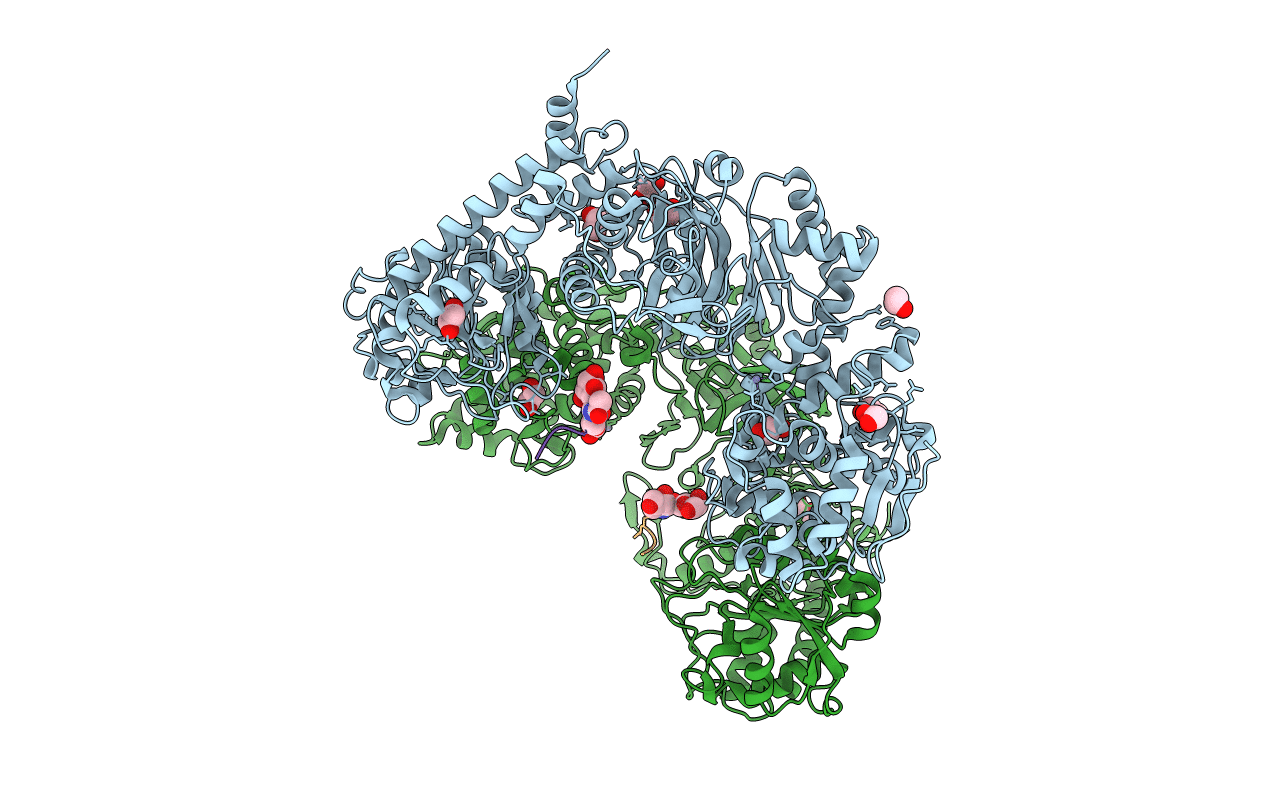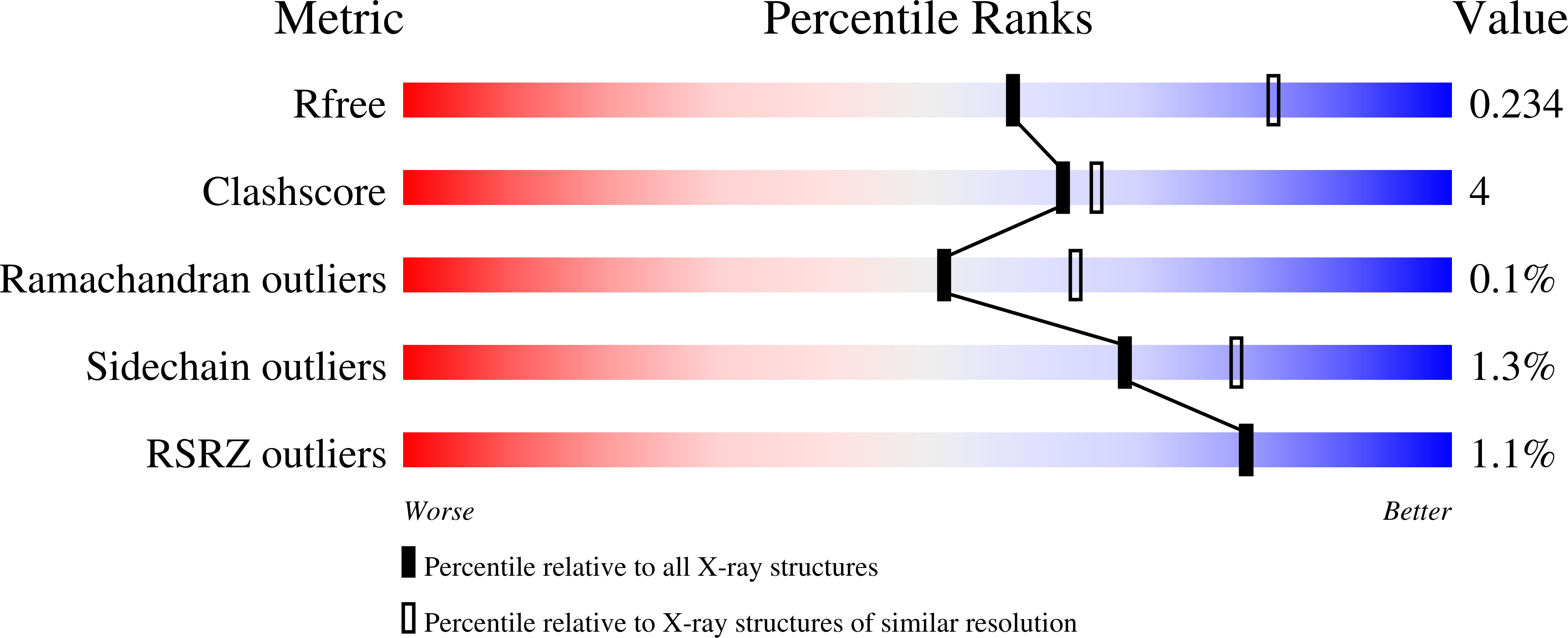
Deposition Date
2020-08-18
Release Date
2020-12-16
Last Version Date
2024-10-30
Entry Detail
PDB ID:
7JTV
Keywords:
Title:
Structure of IMPa from Pseudomonas aeruginosa in complex with an O-glycopeptide
Biological Source:
Source Organism:
Pseudomonas aeruginosa (Taxon ID: 208964)
synthetic construct (Taxon ID: 32630)
synthetic construct (Taxon ID: 32630)
Host Organism:
Method Details:
Experimental Method:
Resolution:
2.45 Å
R-Value Free:
0.23
R-Value Work:
0.17
R-Value Observed:
0.18
Space Group:
P 1 21 1


